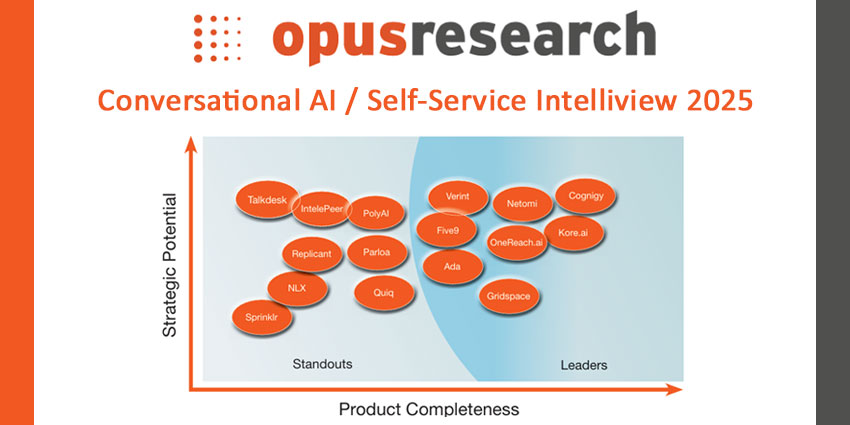Contact centres (and the customer support function in general) have always been associated with higher-than-average turnover rates. In the UK, 16% of contact centres faced above 30% turnover annually in the past decade. Similarly in the US, more than 1 in 4 contact centres have a 30%+ attrition rate, while just 9% managed to score below 5%. Cisco’s 2020 contact centre report, too, mentioned agent turnover as a major concern – one that can prove extremely costly for organisations. In 74% of cases, agent experience is directly linked to the customer’s experience, and dissatisfied employees mean that you are probably delivering a sub-par CX.
Further, a single case of attrition can cost between $10,000 and $21,000, suggests McKinsey. This includes direct recruiting costs, upfront training, and the loss of productivity during a new agent’s ramp-up period.
An emerging tactic for addressing this pressing issue is to implement speech analytics.
Speech analytics automates that essential but cumbersome task of listening to audio calls and deriving key data points, reducing the pressure on agents.
What Causes Turnover in Contact Centres?
If you look at the primary reasons for contact centre turnover, most of them boil down to the nature of the task and a sense of pressure with very little room for error.
- Customer support is a repetitive activity, as similar queries have to be answered time and time again. This inherently brings down job satisfaction
- Agents operate in high-pressure environments, as hourly pay is the norm in several countries and more call volumes translate into better compensation
- Contact centre teams are typically large, with stiff competition and clearly defined targets. This intensifies pressure, often impacting mental wellbeing
- In a large team, the manager might find it hard to pinpoint and acknowledge individual employee accomplishments. This can be demotivating
- As customer support is expected to be 24/7, agents are often assigned to demanding (often rotating) shifts. This can be difficult to sustain
- Customer support jobs can have a career ceiling, and agents find it challenging to progress if they are not willing to take on managerial roles
How Can Speech Analytics Address the Turnover Problem?
Of these six reasons, speech analytics tackles the first four head-on. It automates repetitive activities, improving the work experience. For example, a speech analytics tool can create a full call transcript and extract essential details to craft a summary. Second, speech analytics-led suggestions help agents to resolve queries faster and reduce their average handling time. This allows them to process larger call volumes without overtime.
Third, in-call assistance and timely escalation – based on the tone of voice indicators as recognised by a speech analytics tool – improves overall performance. Agents are happier, more confident, and better equipped to deal with pressure. Finally, speech analytics can clearly highlight achievements like an excellent CSAT score or a good number of cross-selling wins, even in a large team. This allows for objective agent recognition.
In fact, the technology adds genuine value and transforms operations at their core to bring about an overall cultural shift that is more conducive to agent wellbeing.







